Intro
Identify Chlamydia discharge signs, including abnormal vaginal or penile discharge, itching, and burning sensations, to recognize symptoms of this common STD, and learn about its causes, diagnosis, and treatment options for genital infections.
Chlamydia is a common sexually transmitted infection (STI) that affects millions of people worldwide. It is caused by the bacterium Chlamydia trachomatis and can be transmitted through vaginal, anal, or oral sex. One of the most common symptoms of chlamydia is discharge, which can be a sign of the infection in both men and women. In this article, we will discuss the different types of discharge that can be associated with chlamydia, as well as other symptoms and treatment options.
Chlamydia discharge can be a cause for concern, as it can be a sign of an underlying infection. If left untreated, chlamydia can lead to serious health complications, such as infertility, pelvic inflammatory disease, and increased risk of HIV transmission. Therefore, it is essential to recognize the signs of chlamydia discharge and seek medical attention if you suspect you have been infected.
The importance of recognizing chlamydia discharge signs cannot be overstated. Early detection and treatment can help prevent long-term health consequences and reduce the risk of transmission to others. Moreover, chlamydia discharge can be a symptom of other STIs, such as gonorrhea or trichomoniasis, which can have similar symptoms. Therefore, it is crucial to seek medical attention if you experience any unusual discharge or other symptoms.
What is Chlamydia Discharge?
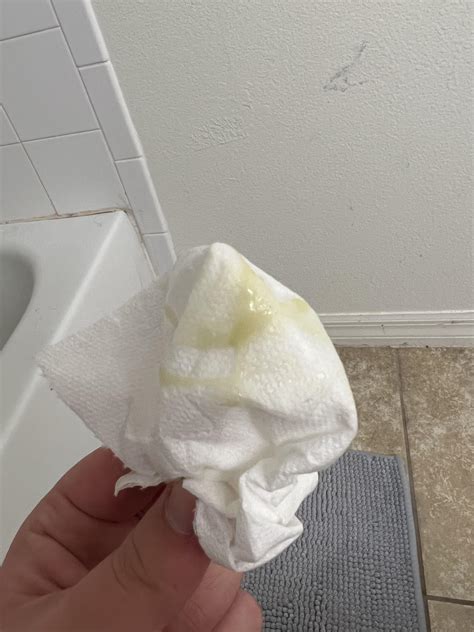
Types of Chlamydia Discharge
There are several types of discharge that can be associated with chlamydia, including: * Thick, yellowish, or greenish discharge in women * Clear, white, or yellowish discharge in men * Cloudy or bloody discharge in women * Foamy or bubbly discharge in women It is essential to note that not all discharge is a sign of chlamydia, and other conditions, such as yeast infections or bacterial vaginosis, can cause similar symptoms.Causes of Chlamydia Discharge
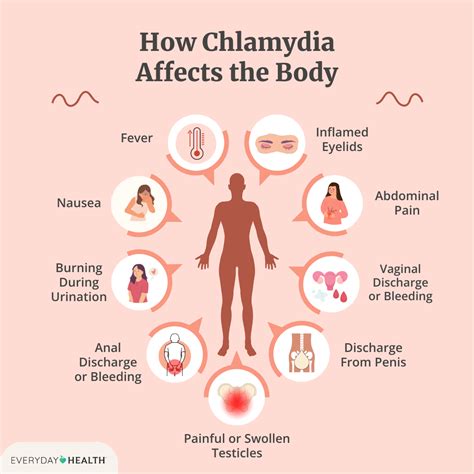
Risk Factors for Chlamydia Discharge
There are several risk factors that can increase the likelihood of developing chlamydia discharge, including: * Unprotected sex * Multiple sex partners * History of STIs * Young age (under 25) * Low socioeconomic status It is essential to note that anyone can get chlamydia, regardless of age, sex, or socioeconomic status.Symptoms of Chlamydia Discharge
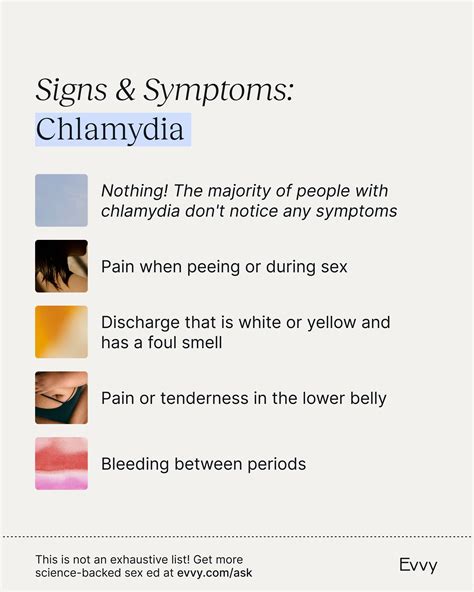
Treatment Options for Chlamydia Discharge
Chlamydia discharge can be treated with antibiotics, such as azithromycin or doxycycline. It is essential to complete the full course of treatment, even if symptoms disappear, to ensure that the infection is fully cleared. In addition to antibiotics, there are several home remedies that can help alleviate symptoms, such as: * Practicing good hygiene * Wearing loose, breathable clothing * Avoiding sex or intimate contact * Using condoms or other barrier methodsPrevention of Chlamydia Discharge
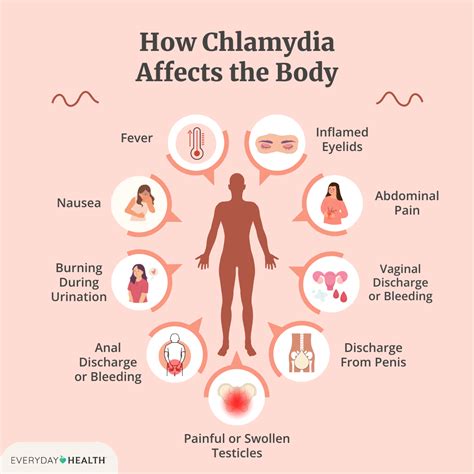
Complications of Untreated Chlamydia Discharge
If left untreated, chlamydia discharge can lead to serious health complications, such as: * Infertility * Pelvic inflammatory disease * Increased risk of HIV transmission * Ectopic pregnancy * Chronic pain or inflammation It is essential to seek medical attention if you suspect you have been infected with chlamydia, as early detection and treatment can help prevent long-term health consequences.Diagnosis of Chlamydia Discharge
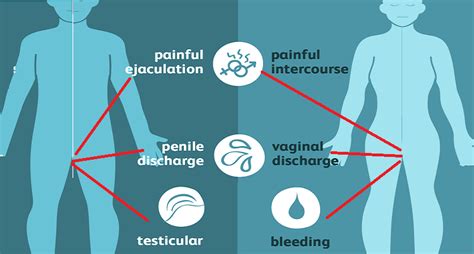
Treatment Outcomes for Chlamydia Discharge
With prompt treatment, most people with chlamydia discharge can recover fully and avoid long-term health consequences. However, if left untreated, chlamydia discharge can lead to serious health complications, such as infertility or pelvic inflammatory disease. It is essential to complete the full course of treatment and follow up with your healthcare provider to ensure that the infection is fully cleared.What is the main cause of chlamydia discharge?
+The main cause of chlamydia discharge is the bacterium Chlamydia trachomatis, which can infect the cervix, urethra, or rectum.
How can I prevent chlamydia discharge?
+The best way to prevent chlamydia discharge is to practice safe sex, get regular STI testing, and use condoms or other barrier methods.
What are the symptoms of chlamydia discharge?
+The symptoms of chlamydia discharge can include abnormal discharge, pain or burning during urination, pain or bleeding during sex, abdominal pain or cramping, fever or chills, and nausea or vomiting.
In conclusion, recognizing the signs of chlamydia discharge is crucial for early detection and treatment. By understanding the causes, symptoms, and treatment options for chlamydia discharge, you can take steps to protect yourself and your partners from this common STI. If you suspect you have been infected with chlamydia, do not hesitate to seek medical attention. Share this article with your friends and family to raise awareness about the importance of STI testing and prevention. Leave a comment below to share your thoughts or ask a question. Together, we can work towards a healthier and more informed community.
